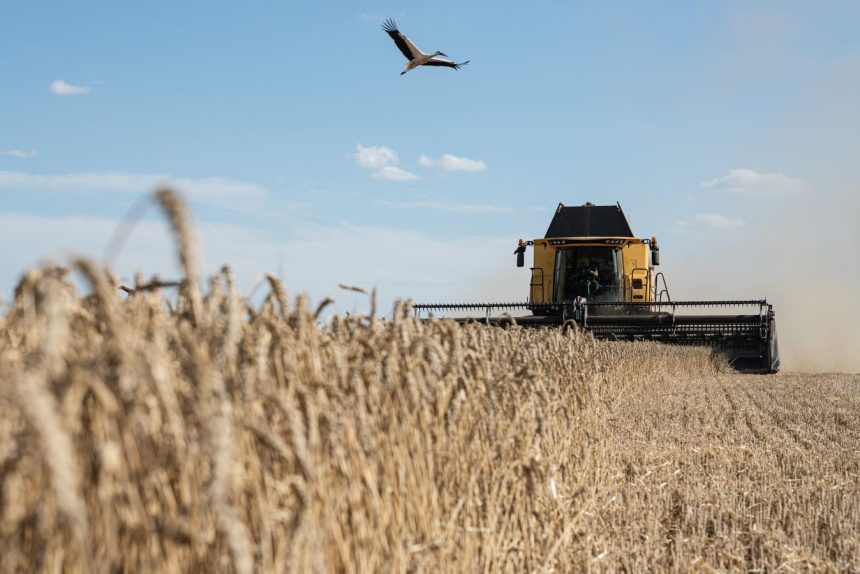Get ready to put some wheat futures in your portfolio.
There reason is simple: Its a great hedge against geopolitical tumult.
Shawn Hackett, writing the Hackett Money Flow
Flow
- “In terms of geopolitical hedges in Ag commodities the wheat market takes the prize. It is likely to outperform most other geopolitical hedges during this period of time.”
If you haven’t noticed the world has been enduring geopolitical crisis with the Russian invasion of Ukraine starting back in February 2022, and more recently the attack by Iranian-backed Hamas terror group on Israel. Plus there have been further military actions between Iran and Israel, plus attacks on commercial shipping by Iranian-backed Houthi rebels. And of course, it could get even worse.
Why wheat? Hackett explains the matter: “In an escalating world war type situation wheat supplies are a must have for half the world and grown in almost every country.”
Or put simply, war means the likelihood of smaller wheat crops, which in turn means higher prices for bread, pastries and pizza. Countries, especially poorer ones, which make sure they snap up supplies of wheat in order to feed their population during military strife.
In the run up to, and during WWI and WWII, wheat prices tripled, according to Hackett.
It’s also been historically quite normal for countries to go to war only after the crops are harvested. At least that way, the domestic population can get fed while the military contingent can fight will full stomachs.
Regular readers will know there are many types of wheat. But the wheat to watch for this geopolitical hedging purpose is CBOT wheat. It most related to the price of Russian wheat. Pre- the invasion of Ukraine, Russia was the world’s largest exporter of wheat.
“The Russian wheat price which would be the price most impacted by a world war that has as its center point the Middle East,” the Hackett report states.
Put another way, if the Israel-Hamas-Hezbollah-Iran-Houthi conflict widens and becomes ground zero for WWIII then Russian wheat prices will likely skyrocket.
Worse still, Hackett sees such an event around the corner as detailed in the recent Hackett report.
- “Our cycle work has 2026 has the crescendo year for geopolitical instability and if it acts like it did during world war I, and World War II could be a top outperforming geopolitical asset especially if ongoing weather volatility throws in an additional kicker as is highly probable in the years ahead.”
Wheat currently fetches around $6 a bushel, according to data collated by the Trading Economics website. Which means that if a big war begins and wheat prices follow the pattern in WWI and WWII then prices could easily surge to $18.
And as Hackett writes, unfavorable weather, such as drought, untimely frosts or excessive flooding, could easily destroy crops or at the very least reduce yields.
“This is not a time to mess around if you are a physical buyer of wheat. Get it done and/or in the least protect upside price risks,” the report states.
If you are an individual investor then buying futures contracts might be a useful step in hedging a broader portfolio. Alternatively, try investing in the Teucrium wheat (WEAT
Teucrium Wheat Fund
Investors should understand that there are chances that none of this happens, No one wants a WWIII or anything like it, and forecasting weather is hard at the best of times.
Read the full article here
















